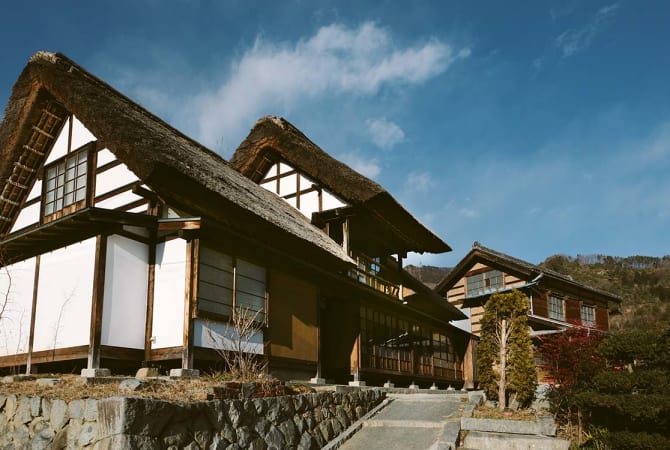Kokeshi Dolls: Not Your Typical Toys
You’re probably already familiar with Kokeshi dolls as cute-looking souvenirs resembling Japanese people in traditional wear. However, there’s more to these wooden dolls than what meets the eye; they actually represent traditional Japanese wood craftsmanship that traces its roots as far back as the Edo period (1603-1868 CE). Ready to learn more about Kokeshi dolls and where to get them during your next visit? Read on.
The characteristics of Kokeshi dolls
- Kokeshi dolls do not have arms and legs
- These wooden toys are often painted with vivid colors
- Kokeshi dolls reflect the unique style of their makers which signifies where they are made
Aside from looking like Japanese women, men, and children in traditional wear, a key characteristic of Kokeshi dolls is their lack of arms and legs. Their features are painted on, usually with vivid colors like red, purple, blue, or green and defined by black ink. Their wooden bodies are then sealed with a layer of wax so the design won’t fade over time. Kokeshi dolls also usually bear the signature of their creators on their backs or bases.
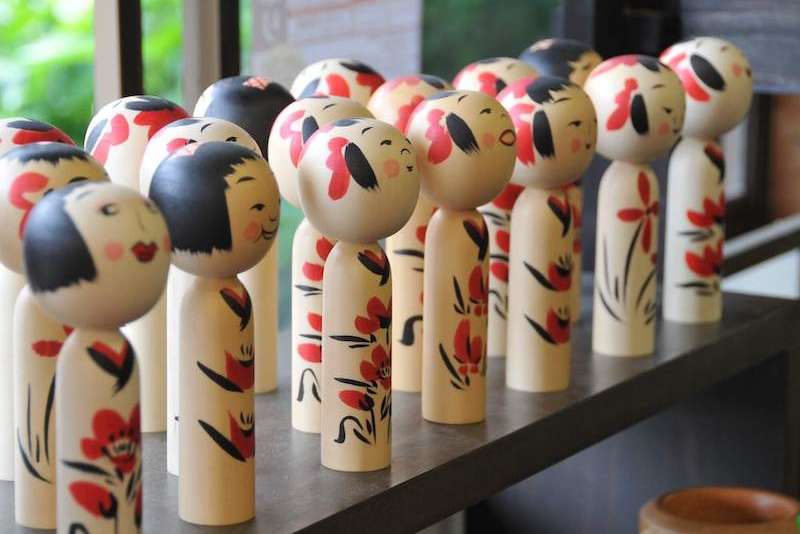
While Kokeshi dolls are mostly used as children’s toys, they are also symbols of hopes for bountiful harvests, wishes for good luck and fortune, and great appreciation for craftsmanship and culture. Kokeshi dolls continue to be popular. Nowadays, they’re even considered a symbol of traditional Japanese fashion among locals (mostly women) and tourists alike.
History of Kokeshi dolls
- Kokeshi dolls traced their roots from the Edo Period
- They were first made by kijishi and first sold near Togatta Onsen in Zao
- It got its general name Kokeshi/こけし hiragana at the All-Japan Kokeshi Exhibition in 1940
The art of making Kokeshi dolls was said to have started in the Edo Period (1603 to 1868) by kijishi, a group of Japanese artisans best known for using lathes who made trays, bowls and other wooden vessels. They started creating and selling these wooden dolls near Togatta Onsen in Zao and their doll-making techniques later spread across the Tohoku region. The art style used in decorating the dolls is also said to be unique to each maker.
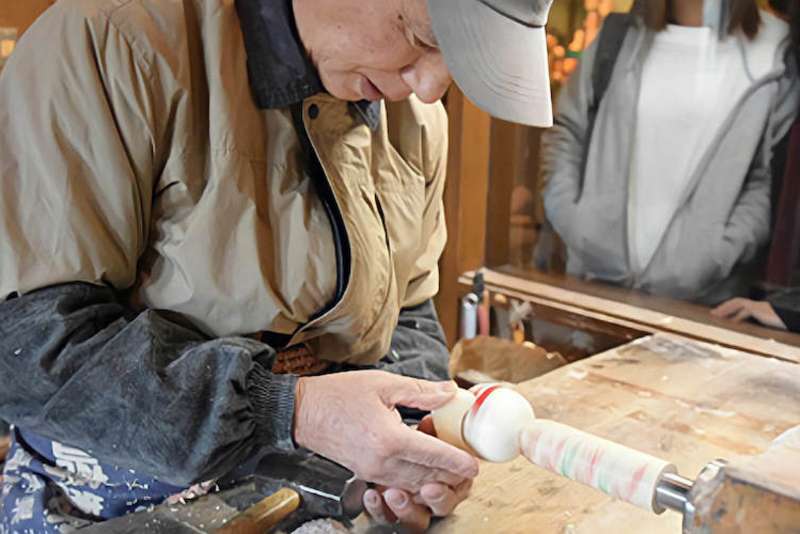
Kokeshi in kanji (Japanese system of writing using Chinese characters) was initially spelled in various ways and held different meanings. It wasn’t until the All-Japan Kokeshi Exhibition in 1940 that the name ‘Kokeshi/こけし ’ in hiragana (phonetic Japanese alphabet) was used to call the dolls.
Types of Kokeshi dolls
- There are many types of Kokeshi dolls even in Tohoku alone
- Each design corresponds to the onsen they’re sold near to and the location they are created
- Most common patterns include flowers and bright-colored accents
Since the popularity of Kokeshi dolls spread all over Tohoku region that certain styles can be traced from the onsen they correspond to and the location they were created in.
In Miyagi alone, there are four styles — namely Naruko, Togatta, Yajirou, and Sakunami — that have their own distinct designs and features.
Fukushima has two styles, Nakanosawa and Tsuchiyu, both recognizable by their vivid red accents.
Yamagata, on the other hand, has three styles — Hijori, Zao, and Yamagata — best known for their heavy floral designs.
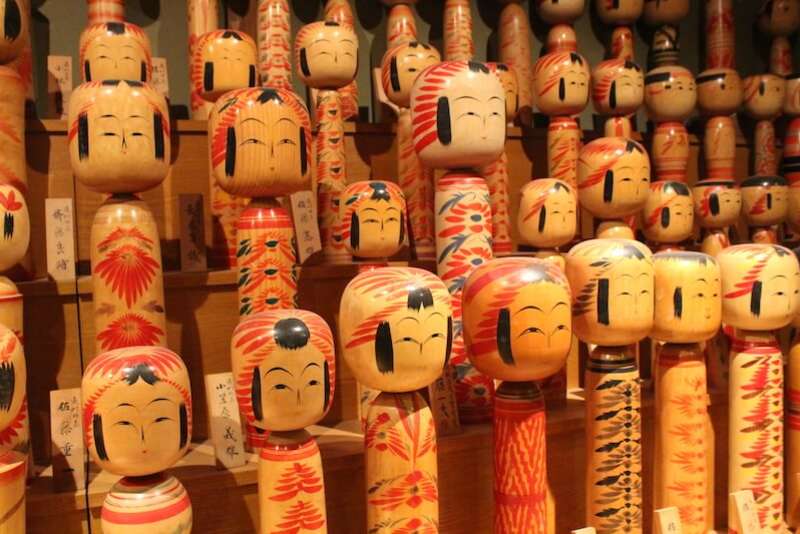
For Aomori, there’s the Tsugaru style, where the head and the body of the Kokeshi doll is made from the same type of wood and is often decorated with a drawing of a peony.
Iwate’s Nanbu style was initially known for leaving the doll’s body bare to allow appreciation for the wood’s natural grain. However, painted designs were adapted over time.
Lastly, Akita’s Kijiyama style is most recognizable for its striped kimono designs. However, some designs also feature floral patterns.
A closer look at Kokeshi dolls in the Miyagi Zao Kokeshi Museum
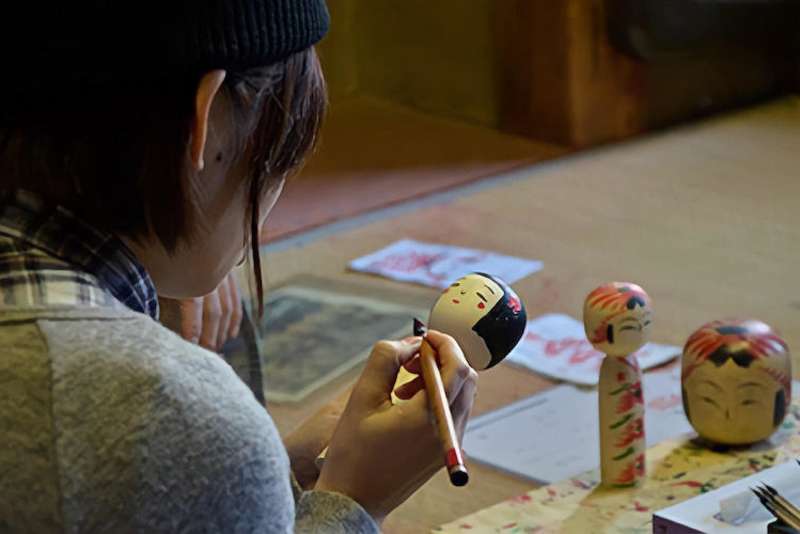
The Miyagi Zao Kokeshi Museum has over 5,500 Kokeshi dolls on display, featuring craftsmanship that is unique to each region. The museum also has exhibits on the doll’s history, as well as the varying art styles and crafting techniques that go into creating Kokeshi dolls. Guests can also try their hand at painting their dolls during their visit here.
| Address: Shinchi-Nishiurayama-36-135 Togatta-onsen, Zaō, Katta District, Miyagi 989-0916, Japan Operating Hours: 9AM to 5PM, Daily Phone: +81 224-34-2385 Official site: http://www.kokeshizao.com/about.html (Japanese only) |
















































